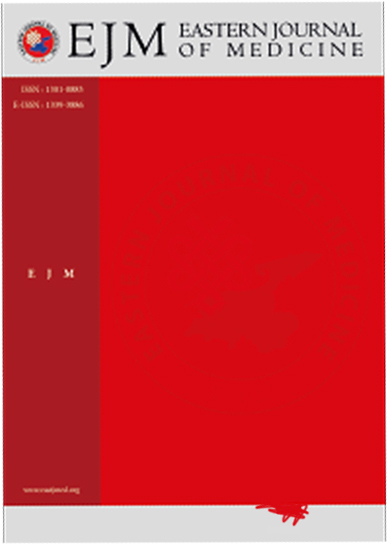Case Series: 11 Cases of Hemolytic Disease of The Fetus And Newborn Due to Kell Blood Group Incompatibility
Eyyüp Yürektürk1, Nur AYCAN1, MURAT BAŞARANOĞLU1, BİLAL ARSLAN2, Oğuz Tuncer11Neonatology Unit, Yüzüncü Yıl University, Van, Türkiye2Department of Pediatric Hematology, Yüzüncü Yıl University, Van, Türkiye
INTRODUCTION: Hemolytic disease of the fetus and newborn (HDFN) results from the destruction of the newborn's red blood cells or the fetus by the mother's immune globulin G antibodies. Although HDFN is often caused by RhD and ABO incompatibility, it can also be seen due to minor blood groups such as Kell, Kidd, Duffy, P, MNS, or Rh subgroup (C, c, E, e) alloantibodies. Our study aims to share our experiences regarding a rare cause of HDFN.
METHODS: The files of patients who were followed up with the diagnosis of jaundice in a third-level Neonatology Unit of a university hospital between January 2014 and September 2023 were retrospectively examined. Eleven patients with Kell incompatibility were included in the study.
RESULTS: There was no ABO/RhD incompatibility in any case. RhD subgroup incompatibility and Kell incompatibility were present in four cases. Phototherapy was applied to all patients. The patient, whose total bilirubin level was high despite phototherapy, was treated with an exchange transfusion. No complications were observed due to treatment or high total bilirubin. No significant difference was observed between the parameters evaluated according to the gender variable.
DISCUSSION AND CONCLUSION: It should be kept in mind that severe hemolysis and related deaths may occur due to Kell incompatibility. In order to reduce and prevent severe hemolysis due to Kell and other minor blood groups in newborns, transfusing blood products suitable for minor blood groups to women of childbearing age (especially pregnant women) may be a correct approach as a country policy.
Keywords: hemolytic disease, HDFN, Kell incompatibility, hyperbilirubinemia
Manuscript Language: English














